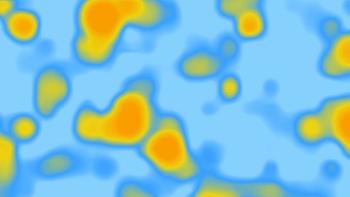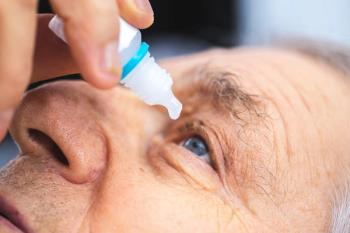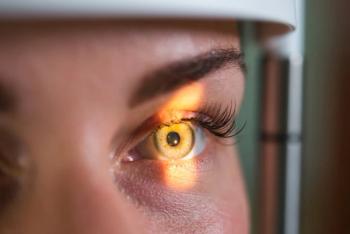
Ophthalmologists and ophthalmology trainees underestimate glaucoma risk
A study from the Centre for Eye Research Australia at the University of Melbourne found that comprehensive ophthalmologist and ophthalmology trainees who participated in an online multinational study to assess optic discs were about twice as likely to underestimate as to overestimate glaucoma risk.
Melbourne, Australia-A study from the Centre for Eye Research Australia at the University of Melbourne found that comprehensive ophthalmologist and ophthalmology trainees who participated in an online multinational study to assess optic discs were about
The study involved training and practicing ophthalmologists from 22 countries who participated in the Glaucomatous Optic Neuropathy Evaluation (GONE) project, a self-assessment program that presents 42 monoscopic optic disc photographs chosen from 2500 healthy and glaucomatous optic discs to represent a range of physiological and glaucomatous characteristics, between December 1, 2008, and June 30, 2010. Of 197 participants, 109 were trainees, 51 were comprehensive ophthalmologists, and 37 were glaucoma subspecialists.
Participants grade nine topographic features and clinical features associated with the retinal nerve fiber layer and then assess glaucoma likelihood, using a four-point scale ranging from unlikely to possible, to probable, to certain. The program has a time limit of 90 seconds for each image.
For optic discs that glaucoma subspecialists graded as probable or certain glaucoma, ophthalmology trainees underestimated glaucoma likelihood in a mean of 22.1 percent of discs and comprehensive ophthalmologists underestimated the likelihood in a mean of 23.8 percent of discs.
For optic discs that glaucoma subspecialists graded as possible or unlikely glaucoma, trainees overestimated glaucoma likelihood in a mean of 13 percent of discs compared with a mean of 8.9 percent discs for comprehensive ophthalmologists.
The researchers used multivariable linear regression analysis to determine which optic disc characteristics had the greatest effect on assessments. When participants correctly assessed the four characteristics that had the most influence-retinal nerve fiber layer loss, rim loss, hemorrhage, and vertical cup to disc ratio-underestimation of glaucoma likelihood fell to 10.9 percent for trainees and 3.1 percent for comprehensive ophthalmologists, and overestimation dropped to 2.9 percent and 1.6 percent, respectively.
But when participants incorrectly assessed all four of these characteristics, the mean percentage of discs underestimated for glaucoma likelihood rose to 43 percent for trainees and 42.9 percent for comprehensive ophthalmologists, with no significant change in overestimation.
Newsletter
Want more insights like this? Subscribe to Optometry Times and get clinical pearls and practice tips delivered straight to your inbox.









































